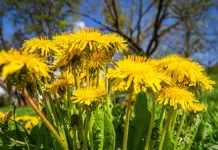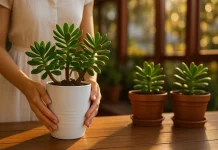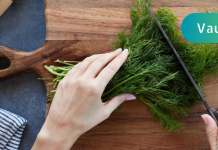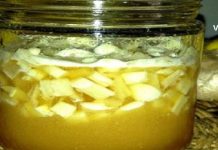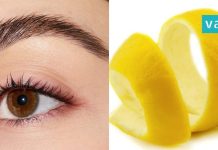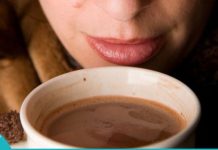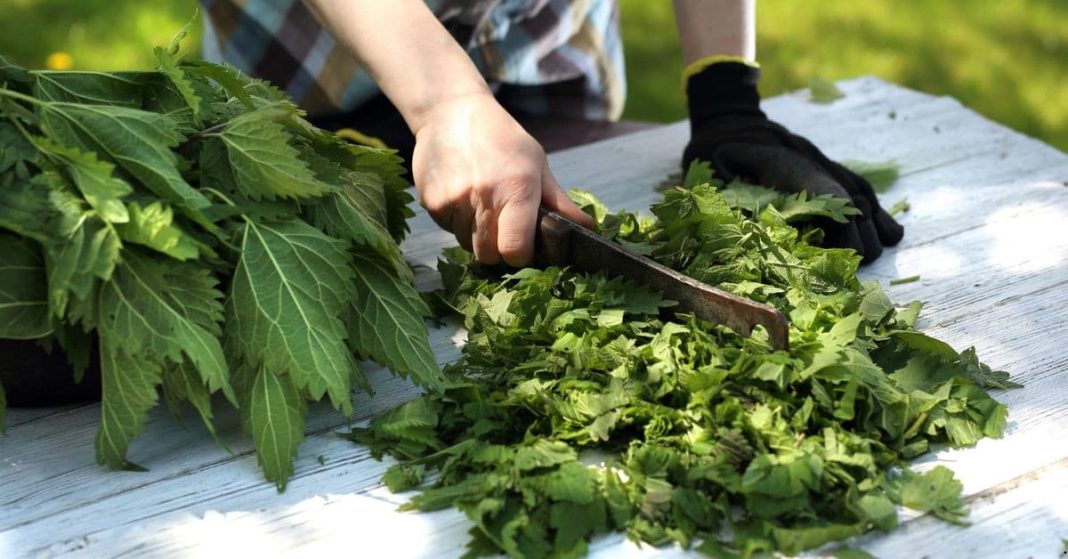Diabetes, particularly type 2 diabetes, has become one of the most widespread chronic conditions in the world. Characterized by high blood sugar levels due to insulin resistance or deficiency, it can lead to severe health issues if unmanaged. While modern medicine offers insulin therapy and pharmaceutical solutions, traditional systems of medicine have long used natural herbs and teas to manage blood sugar levels. Across Asia, Europe, Africa, and the Middle East, herbal teas were prepared from locally available plants to help balance the body’s sugar metabolism. This article explores some of the most respected herbal teas in folk medicine that have traditionally been used to help lower and stabilize blood glucose levels.
Understanding Blood Sugar in Folk Healing Traditions
In traditional medical systems such as Ayurveda, Traditional Chinese Medicine (TCM), Persian medicine, and Eastern European folk practices, diabetes-like symptoms—such as frequent urination, excessive thirst, and fatigue—were recognized long before the disease was formally identified. These systems did not describe diabetes in modern scientific terms, but they developed herbal remedies to address its root causes: imbalance, excess heat, weak digestion, or organ fatigue.
The common goal across folk remedies has always been to:
- Improve insulin sensitivity
- Support pancreatic function
- Reduce sugar absorption
- Cleanse the blood
1. Cinnamon Tea
Traditional Use:
In Middle Eastern, South Asian, and even Eastern European folk medicine, cinnamon has been used to treat sluggish digestion and sweet cravings. It was believed to “warm” the body and regulate blood sugar.
How to Prepare:
- Boil one small Ceylon cinnamon stick or one teaspoon of ground cinnamon in a cup of water for 10 minutes
- Strain and drink before or after meals
Modern Evidence:
Studies suggest that cinnamon may help improve insulin sensitivity and reduce fasting blood glucose levels in type 2 diabetics.
Tip: Use Ceylon cinnamon instead of cassia to avoid excessive coumarin intake, which can be harmful in large amounts.
2. Fenugreek Seed Tea
Traditional Use:
In Indian and Arabic traditional medicine, fenugreek seeds were soaked in water and consumed daily by those experiencing high blood sugar or fatigue.
How to Prepare:
- Soak 1–2 teaspoons of fenugreek seeds in water overnight
- Boil or drink the water with the soaked seeds in the morning on an empty stomach
Effect:
Slows glucose absorption in the intestines, improves insulin sensitivity, and may help reduce post-meal blood sugar spikes.
Folk Insight:
Fenugreek is also known to boost energy and support digestion—two issues often affected by diabetes.
3. Nettle Leaf Tea
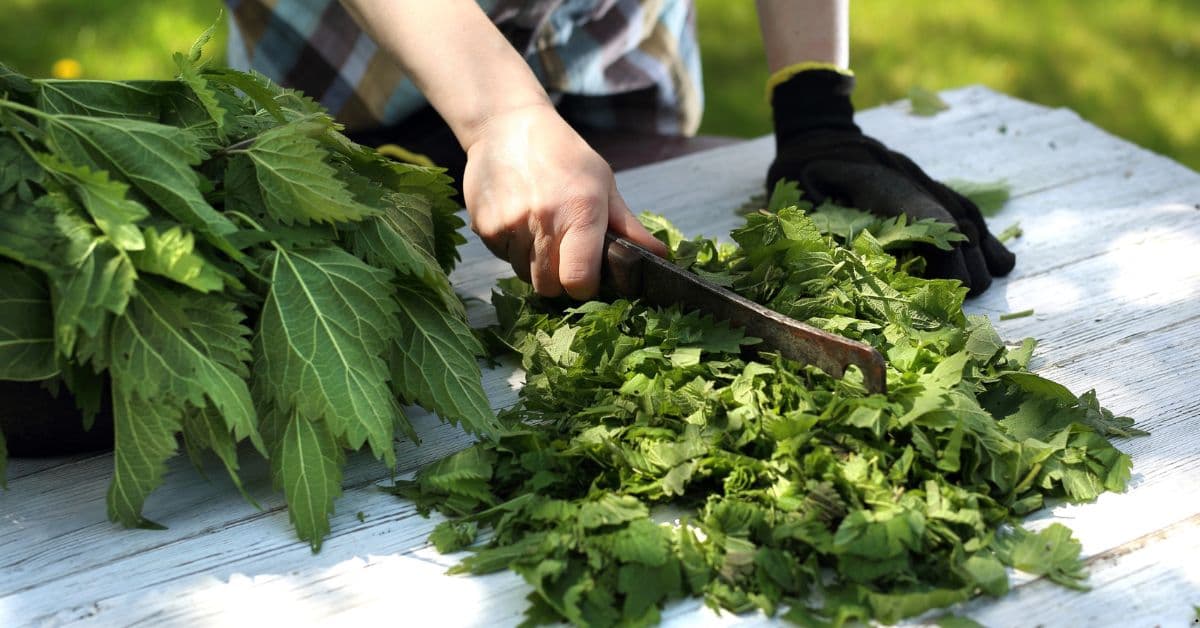
Traditional Use:
In Slavic, Germanic, and Georgian folk medicine, stinging nettle was used as a blood purifier and general tonic, especially for people with “thick” or “sweet” blood.
How to Prepare:
- Steep 1 tablespoon of dried nettle leaves in hot water for 10 minutes
- Drink once or twice daily before meals
Effect:
May help lower blood sugar by improving insulin release and enhancing glucose uptake in muscles.
Additional Benefits:
Rich in iron and antioxidants, nettle tea supports kidney and liver function—both critical for diabetics.
4. Bilberry Leaf Tea
Traditional Use:
Bilberry leaves (not just the berries) have been a staple in European folk remedies for diabetes. Known in the past as a treatment for “sugar in the urine,” bilberry leaf tea was consumed to support vision and blood vessel health.
How to Prepare:
- Steep 1 teaspoon of dried bilberry leaves in boiling water for 5–7 minutes
- Drink once a day before meals
Effect:
Helps lower blood sugar and supports capillary strength, especially useful for preventing diabetic eye complications.
5. Gymnema Sylvestre (Gurmar) Tea
Traditional Use:
In Ayurveda, Gymnema was called “gurmar” or “sugar destroyer.” It was used to suppress the taste of sweetness and balance internal sugar levels.
How to Prepare:
- Use dried Gymnema leaves or tea bags (available in natural health stores)
- Steep in hot water for 5–10 minutes
Effect:
Lowers sugar absorption in the intestines and may help regenerate insulin-producing cells in the pancreas
Important Note:
Not widely used in European folk traditions, but increasingly adopted in global natural healing systems
6. Mulberry Leaf Tea
Traditional Use:
Used in Traditional Chinese Medicine and Japanese Kampo healing, mulberry leaves were taken to cool the body and reduce “excess sugar” in the blood.
How to Prepare:
- Steep 1 tablespoon of dried mulberry leaves in hot water for 10 minutes
- Drink once or twice daily
Effect:
Contains compounds that inhibit sugar absorption in the gut and improve insulin sensitivity
Safe Usage and Guidelines
While herbal teas are generally considered safe and effective when used moderately, here are some important safety notes:
- Always consult a healthcare provider, especially if you are taking insulin or blood sugar medications—some teas may enhance their effect and cause hypoglycemia
- Start with small doses, especially if trying a herb for the first time
- Monitor blood sugar regularly to observe how your body responds
- Use teas as a complement to, not a replacement for, professional treatment
Folk medicine offers a wealth of knowledge and practical remedies for managing blood sugar levels naturally. Herbal teas made from cinnamon, nettle, fenugreek, bilberry, and other plants provide a gentle, time-tested way to support metabolic health. These teas not only assist in blood sugar control but also offer additional benefits like improved digestion, enhanced circulation, and better energy levels. By incorporating them into a balanced lifestyle and in consultation with medical guidance, individuals can take a natural, supportive approach to living well with diabetes.
